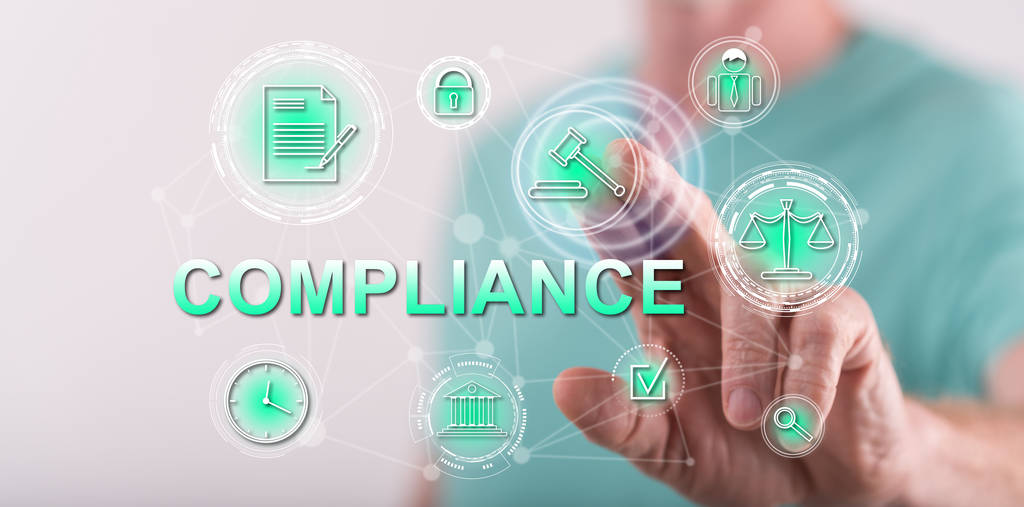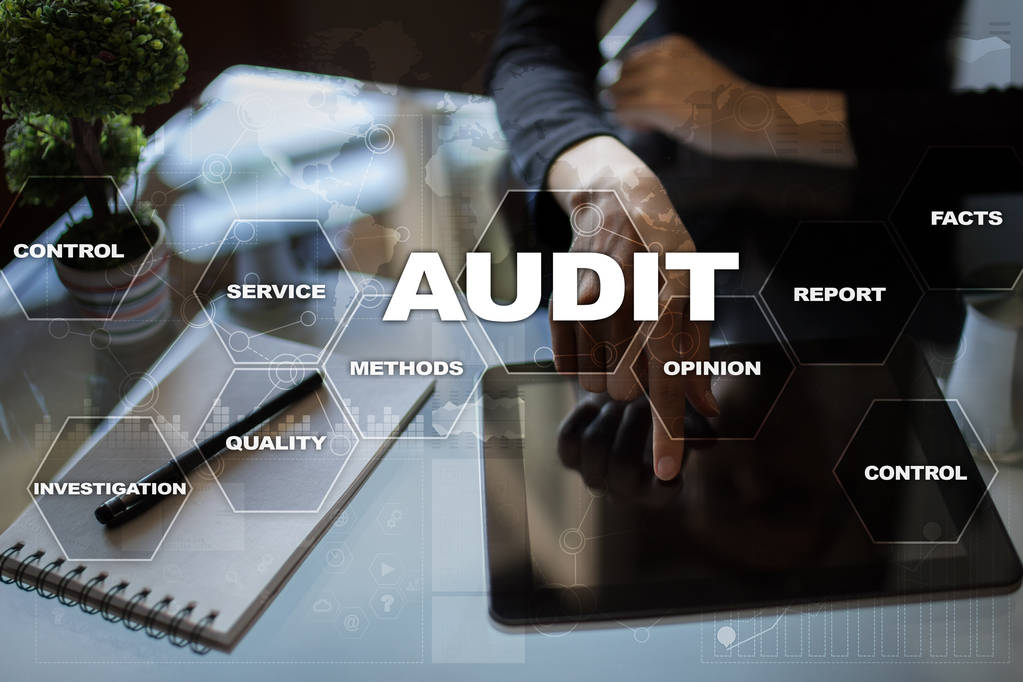In today’s complex regulatory landscape, businesses face numerous legal and ethical obligations. Compliance with laws, regulations, and industry standards is crucial not only for avoiding penalties and legal consequences but also for maintaining trust with stakeholders. One effective tool to ensure adherence to these requirements is a compliance audit.
In this article, we will explore the concept of compliance audits, their importance, their benefits, and how they contribute to the overall success of organizations.

Understanding Compliance Audits:
A compliance audit systematically reviews and evaluates an organization’s adherence to legal and regulatory requirements, internal policies, and industry best practices. It involves assessing whether the organization’s operations, processes, and procedures align with the applicable laws and regulations governing its industry.
The Compliance Audit Process:
- Planning: The first step in a compliance audit is planning. The auditor identifies the scope and objectives of the audit, gathers relevant information about the organization’s operations, and establishes a timeline and audit methodology.
- Documentation Review: The auditor examines the organization’s policies, procedures, contracts, licenses, and other relevant documents to understand the regulatory requirements applicable to the business.
- On-Site Inspections: Depending on the nature of the audit, on-site inspections may be conducted to assess compliance with physical and operational requirements. This may involve reviewing facilities, and equipment, and observing processes.
- Interviews and Discussions: The auditor may conduct interviews with employees, management, and other stakeholders to gain insights into the organization’s compliance culture, knowledge, and understanding of regulatory requirements.
- Testing and Analysis: The auditor performs testing and analysis of specific processes, transactions, and records to evaluate compliance effectiveness. This may include sample testing, data analysis, and reviewing internal controls.
- Findings and Reporting: The auditor compiles the results and prepares a comprehensive audit report. The report highlights areas of non-compliance, identifies risks, and provides recommendations for corrective actions.
The Importance of Compliance Audits:
- Legal and Regulatory Compliance: Compliance audits help organizations ensure that they are meeting legal and regulatory requirements specific to their industry. By identifying areas of non-compliance, organizations can take corrective actions to avoid penalties, fines, and legal consequences.
- Risk Mitigation: Compliance audits assess the effectiveness of internal controls and risk management practices. They identify vulnerabilities and potential areas of risk, allowing organizations to implement measures to mitigate those risks proactively.
- Operational Efficiency: Compliance audits evaluate the efficiency and effectiveness of processes and procedures. By identifying areas for improvement, organizations can streamline operations, eliminate redundant activities, and enhance overall efficiency.
- Reputation and Stakeholder Trust: Demonstrating a commitment to compliance enhances an organization’s reputation and builds trust with stakeholders. Compliance audits provide assurance to customers, investors, and regulatory authorities that the organization is operating ethically and responsibly.
- Continuous Improvement: Compliance audits contribute to a culture of continuous improvement within an organization. They provide valuable insights into areas that need enhancement, allowing organizations to develop and implement better policies, procedures, and controls.

The Benefits of Compliance Audits:
- Early Detection of Non-Compliance: Compliance audits enable early detection of non-compliance issues. This allows organizations to address them promptly, minimizing the risk of penalties, reputational damage, and legal consequences.
- Cost Savings: By identifying areas of inefficiency, redundancy, and non-compliance, organizations can implement corrective actions that lead to cost savings. This may include optimizing processes, eliminating unnecessary expenses, and avoiding fines and penalties.
- Improved Governance and Accountability: Compliance audits promote good governance practices by ensuring accountability at all levels of the organization. By evaluating compliance with policies and procedures, organizations can foster a culture of integrity, transparency, and responsibility.
Learn more at Wiki as well.